The Best Soil for Container Gardening
Even if you live in an urban area, you can grow your own food. And growing in containers is a great way to get started. But first you need to know the best soil for a container garden.
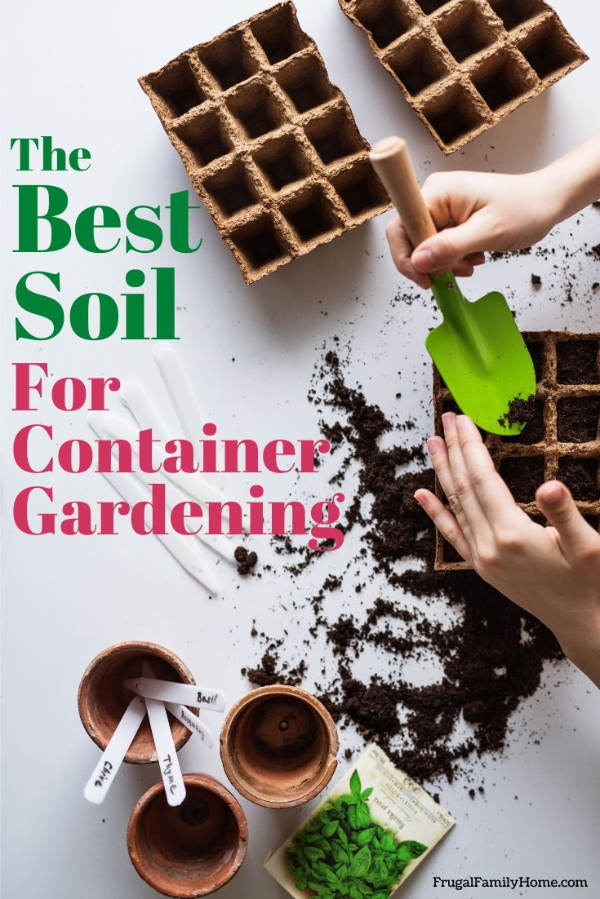
When growing your own food whether it is in the ground, a raised bed, or in containers, you need good soil.
The soil feeds your plants and makes they grow healthy and strong or pitiful and weak.
Just like if you only ate junk food, it would make you feel bad and not look good. So goes for plants.
Junky poor nutrient soil won’t let your plants thrive.
Except for weeds they seem to be able to thrive anywhere but I don’t know too many gardeners who want to grow weeds.
But how do you decide what soil is best? There are so many choices at the nursery or the big box stores, it hard to decide.
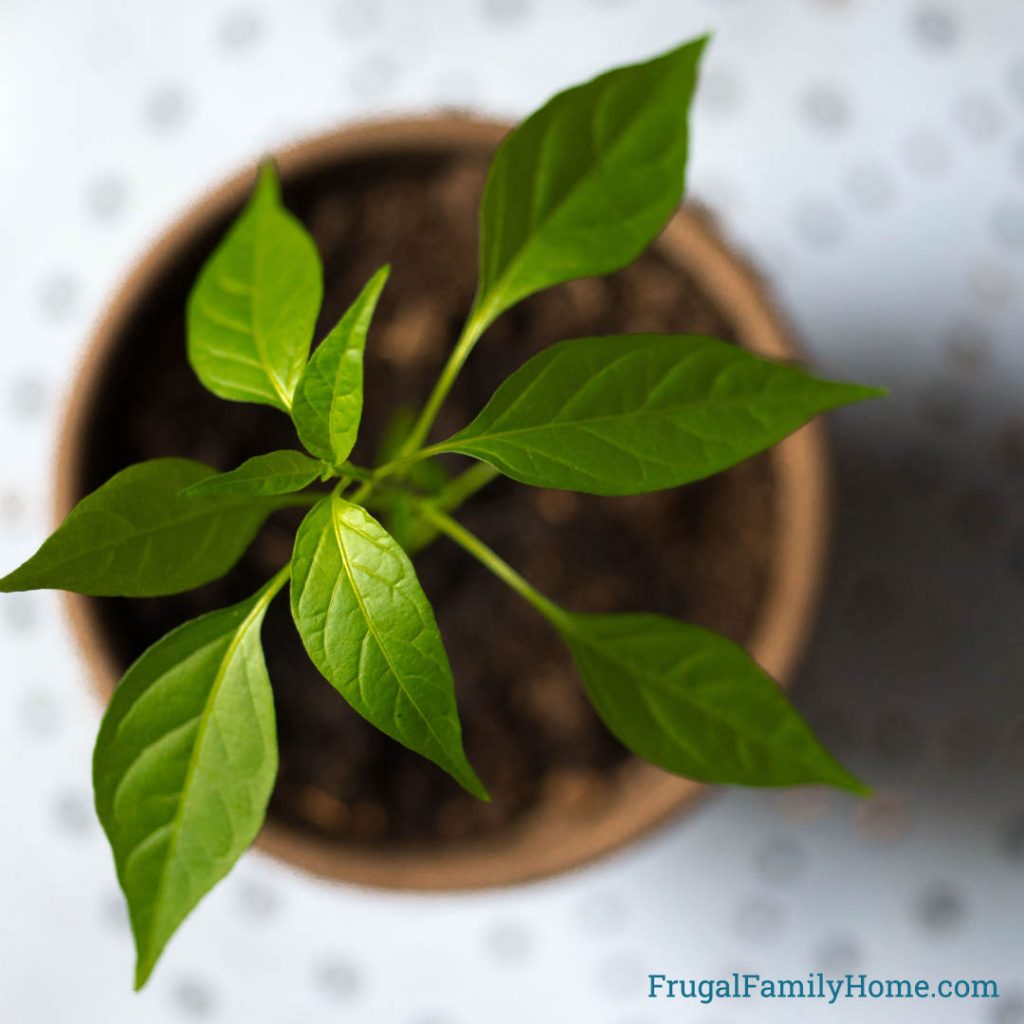
The Best Soil for a Container Garden
Before we get to the best soil to use in a container garden, I want to make sure you know what not to use.
If you are frugal like me, you’d be tempted to grab the cheapest soil you can find and go with that. Because isn’t dirt or soil all the same?
They are not all the same.
Garden Soil
This sounds good doesn’t it. It has garden in the name and it might even say it’s good for growing vegetables. But this soil is much too heavy for a container garden.
It may be too twiggy and will probably compact in the pots. Which isn’t good for the plant’s roots.
Plus, if it’s not sterilized it could contain spores, seeds and disease that could kill your little plants before they even have a fighting chance.
So avoid garden soil in your container garden, it’s usually cheap, but not the best.
Topsoil
It sounds good too. The word top makes you think top of the line, or good quality but again, this soil isn’t a good choice.
It’s rocks and dirt with little nutrients your plants will need. Sure it’s cheap but not what you want for container gardens.
Now that we have the cheap tempting choices eliminated let’s talk about the best soil for your containers.
Yes, it may be more expensive but your plants will thrive when they have the nutrients they need.
Some of the links below are my referral links. Which means as an Amazon Associate I earn from qualifying purchases and when you purchase through them I can make a little money at no extra cost to you. Thanks! See my disclosure policy for more information.
Picking the Right Soil for Your Container Garden
The best way to pick the right soil for your container garden is to look at the label on the bag of soil you are thinking about buying.
The best soil is a soil made for growing vegetables. And a good all purpose potting soil mix is the best choice.
Good All Purpose Potting Soil Mix
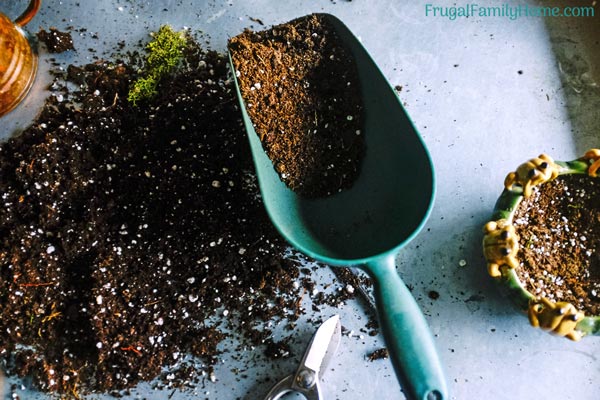
Good all purpose potting soil mix should be the best soil for your container garden.
It will work for most potted plants like flowers and vegetables.
Make sure it’s a good mix. If you can look at the soil first, before you buy, that is best.
Last year I purchased bagged mushroom compost to add to my garden beds, as a top dressing.
I couldn’t find an open bag, so I felt through the bag, it was a little twiggy but mushroom compost can be that way.
I bought 3 huge bags and spread them over two of my raised bed. The soil looked ok but after it rained it revealed a bunch of pea gravel mixed in with the compost in the bags.
If I have been able to inspect it at the store, I probably would have noticed the rocks and purchased something different.
Be sure to inspect the bag of soil before you buy.
What to Look For in the Soil
The soil should be light and fluffy. It should have the ability to hold moisture.
It should be porous, so water and oxygen can get to the roots.
It should be free of bugs. If you see bugs coming out of the bags or a lot of bugs around the bags, look for something different.
It shouldn’t feel sandy. There might be a little coarse sand mixed in but not too much.
It should be moist but not soggy.
And the soil should smell like soil, not stinky or smelly.
Now that you have the perfect soil it’s time to plant. But there are a few more things you should know.
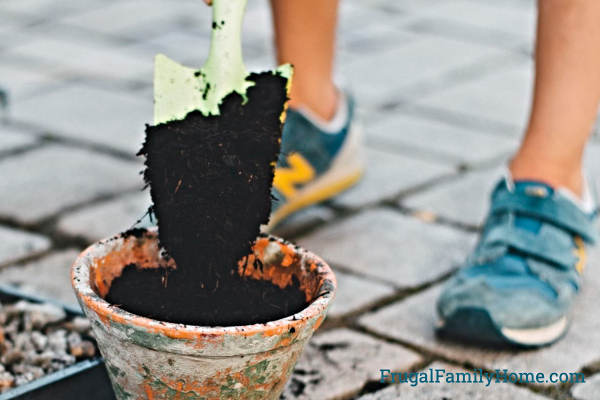
Planting in Your Container Garden
Before you add plants, or seeds to your containers, make sure to get them ready.
If you are reusing pots, be sure to wash them well. Remove any old soil and scrub them.
I will wash the containers in a solution of dish soap with a little bleach to kill off any organisms or bugs before I replant.
How Much Soil to Add to the Containers
Each container should be filled to within an inch of the top. Then you can plant your plants and add more if needed.
If you are planting seeds. Fill up the container a bit higher about 1/2 inch from the top.
Do I Need to Fertilize?
Now that you have this wonderful soil you took the time to pick out you might wonder if you need to fertilize.
The answer is yes. When growing in containers you’ll need to water more often. That watering can wash out nutrients. So regular feeding is important.
I use an organic vegetable granular fertilizer and it works great.
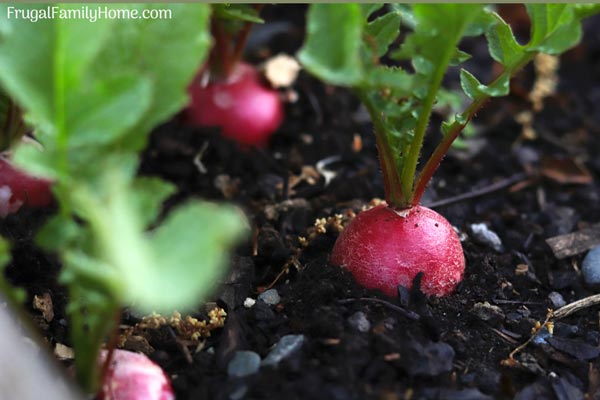
Your Container Garden Soil Questions Answered…
Can’t I Just Use Compost in my Container Garden?
Compost alone is not a good medium to grow plants in. It’s great mixed with other soil and vermiculite or perlite but alone it is not good.
Can I Mix Potting Soil with Garden Soil?
I wouldn’t use garden soil in a container garden, even if you mix the soil. The garden soil is just too heavy for container gardening.
Can I use the Same Soil Year after Year?
You need to refresh the potting soil as the nutrients get drained and the soil breaks down.
This is how I grow in pots and keep the cost down.
The first year I buy new potting soil.
The second year if the soil still looks good. I’ll add a deep layer of compost to the top and plant in the same soil.
This can be risky if you live in an area without cold winters to help kill of the bugs. Or in an area with lots of bugs. They can hide in the soil.
Where I live bugs aren’t too big of a problem but if you live in an area with bugs do this with caution.
The third year, take out all the soil out of the pots. Mix with new potting soil and a little compost. Repot and grow. This saves a bit of soil costs but again you are risking a bug infestation.
The fourth year, start over with new soil. If you are growing perennials in pots by this time, it’s likely you will need to divide the plants, anyway.
You can also buy the soil amendments in bulk and make your own potting soil. I’ve made my soil when I needed a bunch of soil all at once to fill large pots.
For only a few small pots this might not be cost effective. But here’s the recipe…
Making Your Own Potting Soil
Getting started gardening can be a bit pricey. Filling all of those containers and the containers themselves, can cost quite a bit.
But you can save money. Do your research about which potting soil you want to use. Then look for sales. As the weather warms up, there will be sales on potting soil.
Or if you need a lot of potting soil, you can buy the items in bulk and mix your own.
This is the recipe I like to use when I need a large amount of potting soil. Like when I’m replacing the soil in all of my pots.
1 part Peat Moss
Peat moss is light and airy. It doesn’t compact like regular soil and helps to retain moisture. But it’s hard to moisten, be sure to wet it before adding the other ingredients to your potting soil mix.
1 part Compost or Worm Casting or a Mix of Both
This adds nutrients to the soil mixture. Worm casting can be a little expensive but if you mix them with compost, it can cut down the cost.
Also, you might find mixing a few different kinds of compost feeds your plants better.
In my raised bed gardens I always add mushroom compost, it really helps my garden grow wonderfully.
1 part Vermiculite or Perlite
I prefer vermiculite. It not only aerates the soil but it has little pockets or folds that expand and hold water. I’ve used this in my potting soil mix and in my raised bed garden.
Perlite are those small white rocks in potting soil. They help with compaction of the soil. But they don’t hold water like vermiculite does.
If you live in a hot dry area…
You might add a moisture hold product to your soil. They are small crystals that absorb the water in the soil when you water and slowly release it back into the soil.
If you live in a hot dry area, you may need to water daily or even twice daily in the summer heat. The moisture hold products can help keep your plants moist.
I use a moisture hold product in all of my hanging plants.
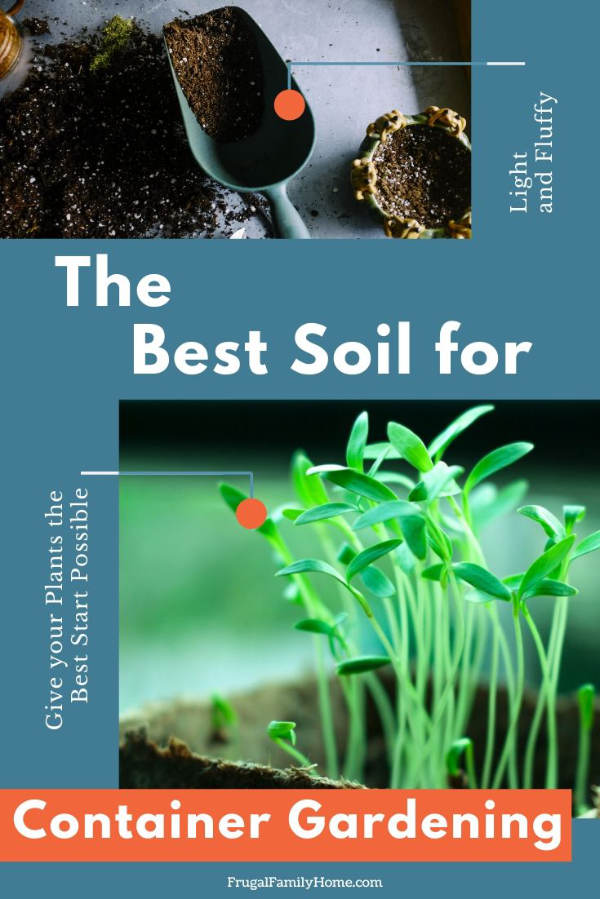
I hope this helps you decide what soil is best for your container garden. When you have the right soil to take care of your plants, they can really produce great food for you.
See all the backyard gardening articles
Get the Companion Plants List
When you join the gardening email list, you'll not only get gardening tips sent to your inbox, you'll also get the companion plants list too.




Hi Shelly, my raised bed garden was pretty sad last year. My husband and I are in our new home now and plan to build another raised bed garden in the Spring. I’m getting all set to buy peat moss, worm castings and vermiculite. Your email says one part of each, and I’m wondering how many parts of soil I should use. Thanks for your help!
Karen, When we set up our raised beds we used a mix of peat moss, worm casting, general compost, and vermiculite. But if you want to add soil to your containers then I’d go with 1 part peat moss, 1 part worm casting or compost or a mix of a couple different types of compost, 1 part vermiculite’s, and 1 part potting soil. I hope your garden does better this year!